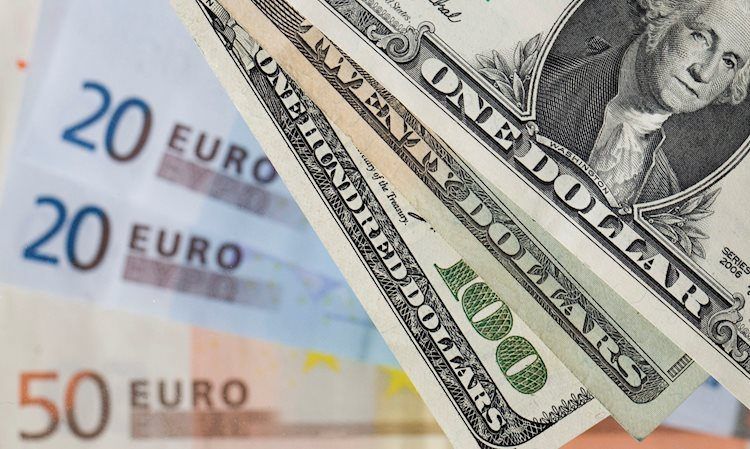In recent trading sessions, the EUR/USD pair has been trading lower, primarily due to the weakening Euro and the strengthening US Dollar. The Euro experienced a sharp decline on Tuesday as Eurozone inflation data came in lower than expected. The Harmonized Index of Consumer Prices (HICP) grew by 1.8% year-on-year in September, below expectations of 1.9%. This decrease in inflation raises the probability of the European Central Bank (ECB) cutting interest rates further, leading to capital outflows and a weaker Euro.
On the other hand, the US Dollar benefited from positive jobs data, with the ADP Employment Change data showing a rise of 143K private payrolls in September, above expectations. This data, along with an increase in job openings as per JOLTS Job Openings, contributed to the strength of the Dollar. Additionally, concerns around the labor market have been a focal point for the Federal Reserve (Fed), further supporting the US Dollar.
Geopolitical tensions in the Middle East have also added to the safe-haven appeal of the US Dollar. An escalation of conflict in the region, with Iran firing missiles at Israel in retaliation, has increased investor flows towards the Dollar. This combination of factors has driven the EUR/USD pair lower in recent sessions, with the pair currently trading in the 1.1050s on Wednesday.
From a technical perspective, the EUR/USD pair appears to be testing the top of a multi-year range, with a potential downside towards the range lows. A break below key support levels, including the 50-day Simple Moving Average and the September 11 swing low, could confirm a bearish sentiment for the pair. Momentum indicators like the Moving Average Convergence Divergence (MACD) also suggest vulnerability for further weakness in the pair.
The Euro is the currency for 19 European Union countries in the Eurozone and is the second most heavily traded currency in the world. The European Central Bank (ECB) is responsible for managing monetary policy in the Eurozone. Important economic indicators for the Euro include inflation data, GDP, manufacturing and services PMIs, employment figures, and consumer sentiment surveys. Positive economic data can strengthen the Euro by attracting foreign investment and potentially leading to interest rate hikes by the ECB.
In addition to economic indicators, the Trade Balance is a significant data release for the Euro. A positive trade balance, where exports exceed imports, can strengthen a currency by increasing demand for that country’s goods. The EUR/USD pair is the most heavily traded currency pair in the world, with approximately 30% of all transactions. Traders and investors closely monitor economic data releases and geopolitical developments to make informed trading decisions in the forex market.











